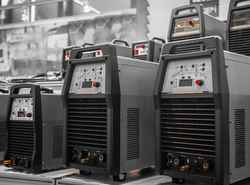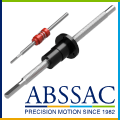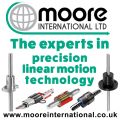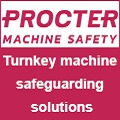
Posted to News on 30th Oct 2014, 11:38
The top five things that cause inverter failure
Jonathan Wilkins of European Automation, a supplier of spare parts for industrial automation components, outlines the top five causes of inverter failures.

The first reason for inverter failure is electro-mechanical wear on capacitors. Inverters rely on capacitors to provide a smooth power output at varying levels of current; however, electrolytic capacitors have a limited lifespan and age faster than dry components. This in itself can be a cause of inverter failure.
Capacitors are also very temperature sensitive. Temperatures over the stated operating temperature, often caused by high current, can reduce the life of the component. However, as the electrolytes evaporate faster at higher temperatures, capacitor life increases when they are run at lower than operating temperature.
Happily, keeping a consistent maintenance regime and regularly replacing capacitors avoids most problems that failed capacitors can cause.
Using inverters beyond their operating limit, either by choice or due to oversight or lack of knowledge, can contribute to inverter bridge failure. Using any component at a rating higher than its operating limit will decrease its lifespan and lead to failure, so avoiding this issue simply comes down to checking that all inverters are being run correctly.
The next two issues that can cause inverter failure are over-current and over-voltage. If either current or voltage increases to a level that the inverter is not rated for, it can cause damage to components in the device, most frequently the inverter bridge. Often this damage will be caused by the excess heat generated by the spike in voltage or current.
Over-current can be avoided with fuses or circuit breakers but avoiding over-voltage can be tricky. Sometimes voltage spikes are man-made, but they can also be caused by lightning or solar flares.
The final problem on the list is one that contributes to the mechanical stress placed on an inverter. Ultrasonic vibrations originating in the cores of inductive components cause friction, adding to the unwanted heat generated by the device and further damaging components in the inverter.
When European Automation buys a drive for future re-sale, the company ensures that it is free of these problems and others. However, you should be aware that the European Design Directive puts a limit on the amount of repair work you can do without being considered to be "introducing a new product to the market', rather than repairing an existing one.
So, if you are baffled by a broken drive or confused by the countless ways to control an electric motor, get in contact with European Automation at www.euautomation.com.
EU Automation (European Automation Ltd)
3, Parker Court
Staffordshire Technology Park
ST18 0WP
UNITED KINGDOM
+44 (0)845 521 3088

































